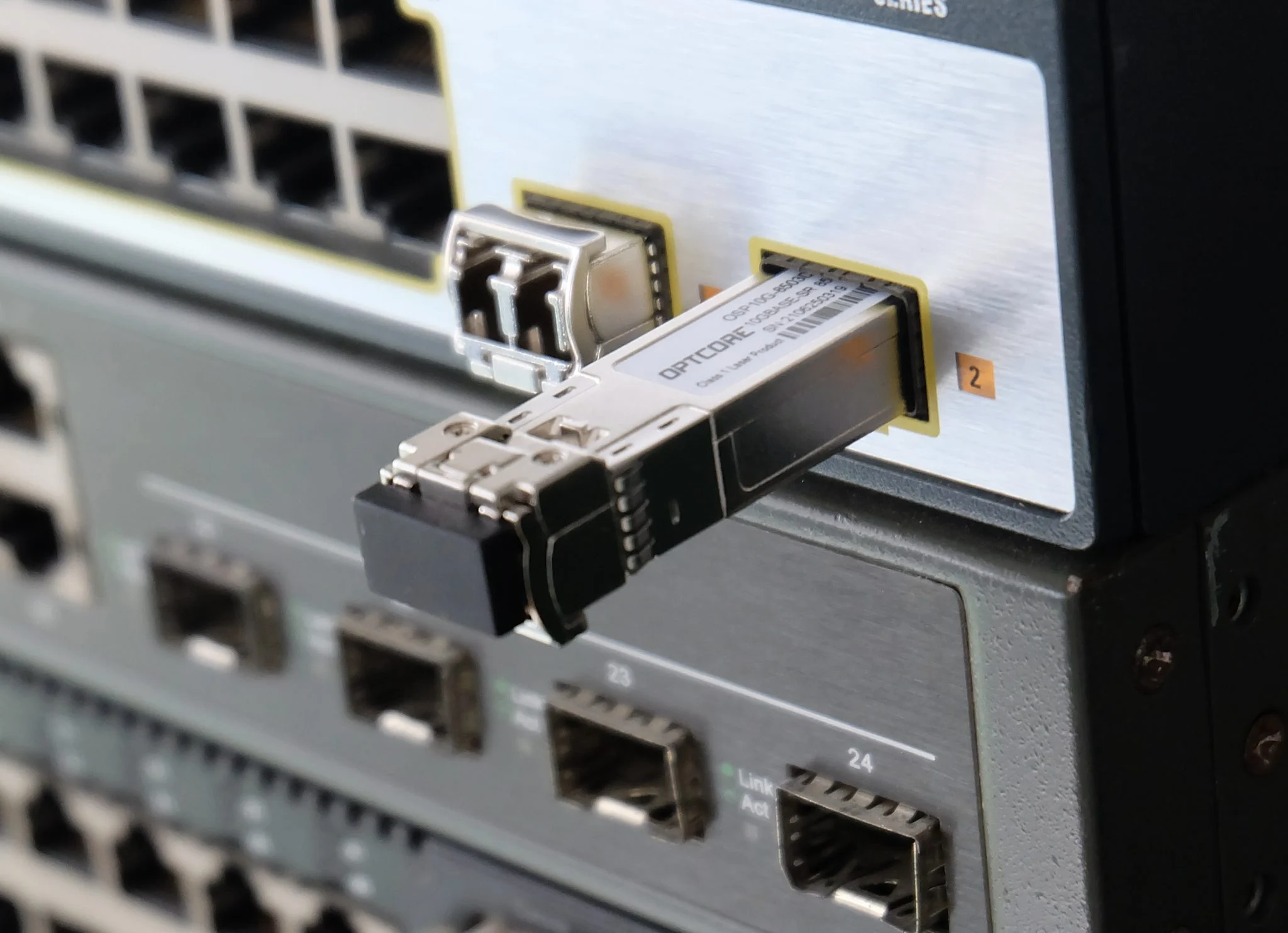Introduction:
In the world of computer networking, the efficient transmission and reception of data are crucial for smooth and reliable communication. This is where transceivers and their various forms, such as SFP, SFP+, and QSFP28, along with network switches, play a vital role. In this comprehensive guide, we will explore these technologies, their features, and their applications in modern networking environments.
- Transceivers: Enabling Seamless Data Transmission
- What is a Transceiver?
- Components and Functions
- Types of Transceivers
- SFP (Small Form-Factor Pluggable)
- SFP+ (Enhanced Small Form-Factor Pluggable)
II. QSFP28 (Quad Small Form-Factor Pluggable 28)
- D. Common Applications
- SFP (Small Form-Factor Pluggable)
- Overview and Features
- Physical Specifications
- Supported Communication Protocols
- Data Rates and Applications
- Advantages and Limitations
III. SFP+ (Enhanced Small Form-Factor Pluggable)
- Key Features and Enhancements
- Increased Data Rates and Applications
- Compatibility with SFP
- Use Cases in Networking Environments
- Benefits and Considerations
- QSFP28 (Quad Small Form-Factor Pluggable 28)
- Introduction and Significance
- Higher Speed and Increased Density
- Transmission Technologies Supported
- Application in Data Centers and High-Performance Computing
- Future Potential and Developments
- Network Switches: Efficient Data Routing and Management
- Understanding Network Switches
- Functions and Operation
- Types of Network Switches
- Unmanaged Switches
Managed Switches
- Advanced Features and Capabilities
- E. Use Cases and Deployment Scenarios
Conclusion:
In the vast landscape of computer networking, transceivers, and network switches are integral components that enable efficient data transmission, connectivity, and management. The SFP, SFP+, and QSFP28 transceiver modules offer flexibility, scalability, and higher data rates for various networking applications. Network switches, on the other hand, play a crucial role in directing data traffic, optimizing performance, and implementing advanced features. Understanding these technologies is essential for network administrators, engineers, and enthusiasts to design and maintain reliable and high-performing networks in today’s digital age.
